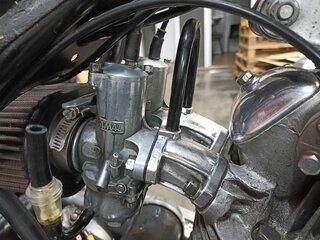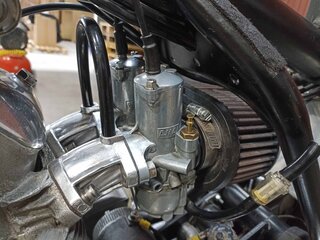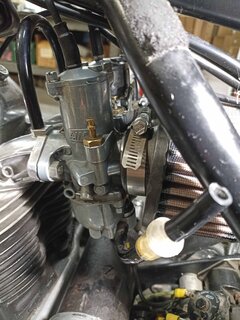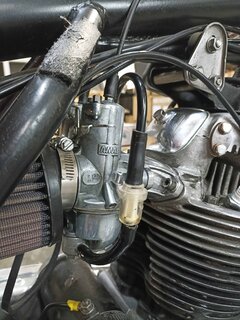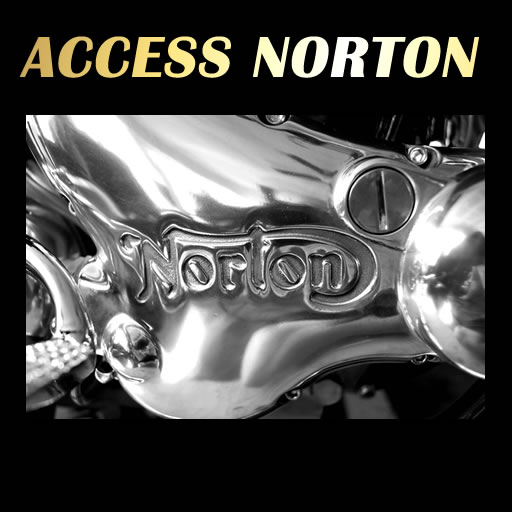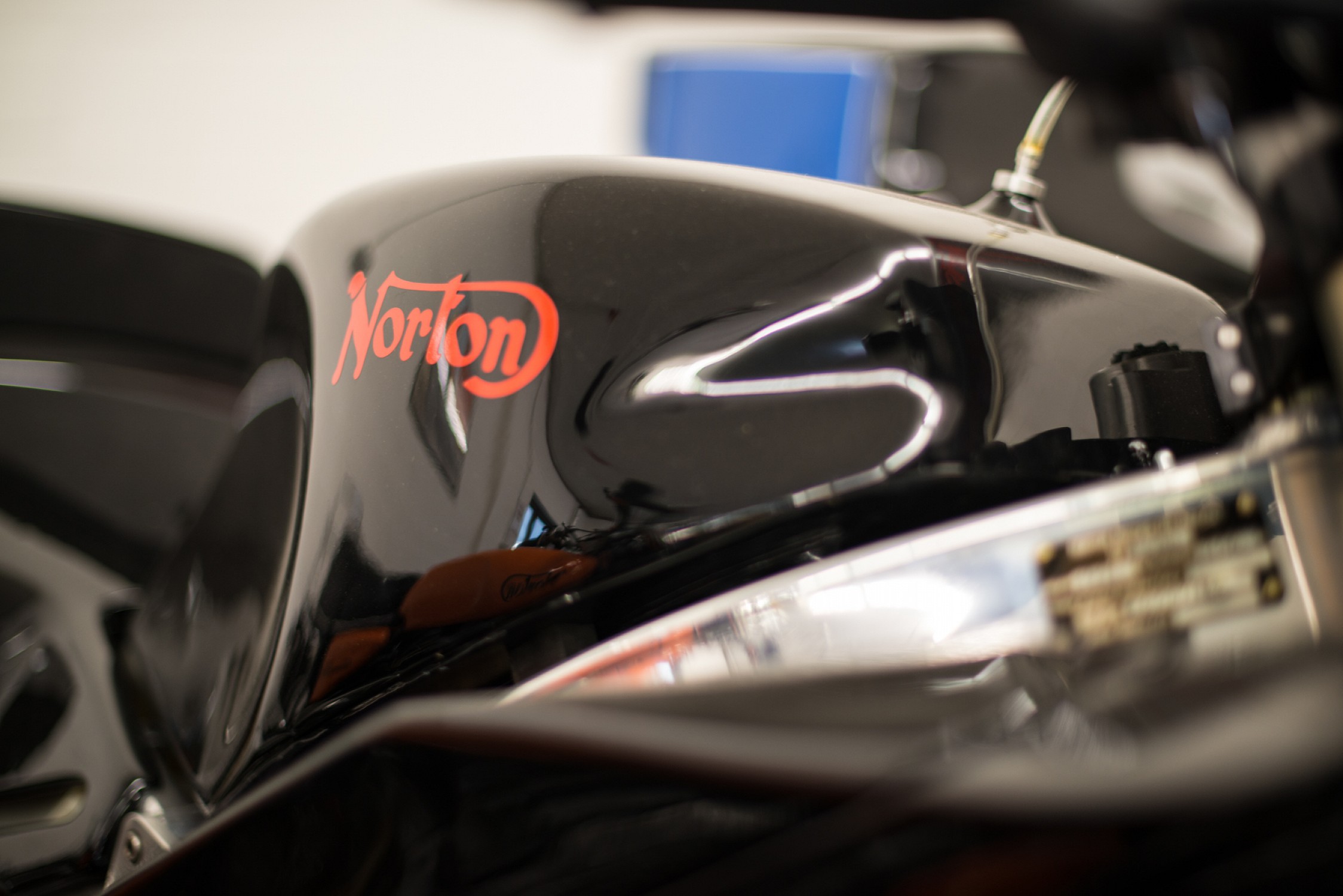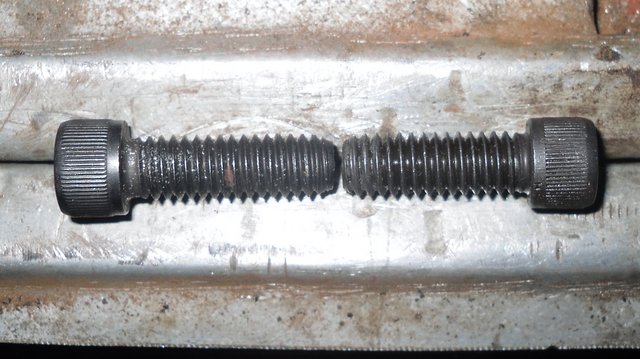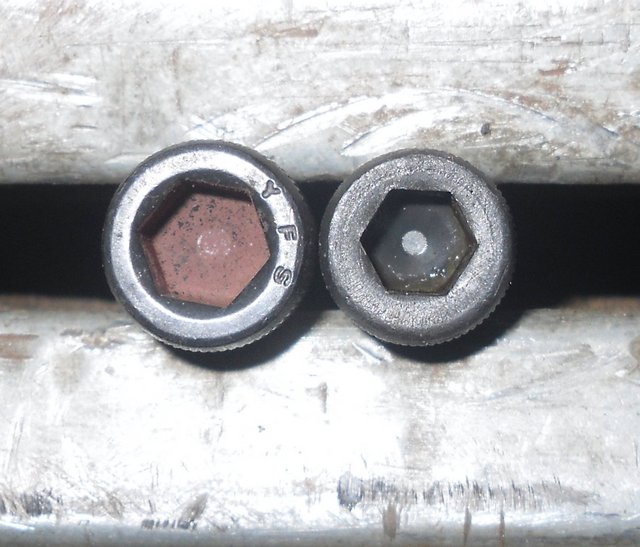- Joined
- Oct 20, 2022
- Messages
- 65
Hello,
I have just starting to analize where to start from to restore my 1975 Commando MK3. The bike is not in OEM condition and it also lacks several parts like calipers, head and taillight, seat, wiring and battery...
I pretend to keep it as original as possible but as 70s cafe racer, as a 70s guy would have accomplish a cafe racer with it.
The seller told me the frame and engine were totally restored, and it looks like.
Revising what I need to work on and what parts I need to find/buy I have an important doubt:
The carburetors are written AMAL 930 and from the OEM specs they should be 932.
Both carburetors look like being Right side!! And only the right one includes the choke lever.
Are they ok and compatible with my bike or should I replace them with 932 ones?
Do I have to find some special part to link both carburetors choke into the same choke lever?
Find here the pictures I made
I have just starting to analize where to start from to restore my 1975 Commando MK3. The bike is not in OEM condition and it also lacks several parts like calipers, head and taillight, seat, wiring and battery...
I pretend to keep it as original as possible but as 70s cafe racer, as a 70s guy would have accomplish a cafe racer with it.
The seller told me the frame and engine were totally restored, and it looks like.
Revising what I need to work on and what parts I need to find/buy I have an important doubt:
The carburetors are written AMAL 930 and from the OEM specs they should be 932.
Both carburetors look like being Right side!! And only the right one includes the choke lever.
Are they ok and compatible with my bike or should I replace them with 932 ones?
Do I have to find some special part to link both carburetors choke into the same choke lever?
Find here the pictures I made

